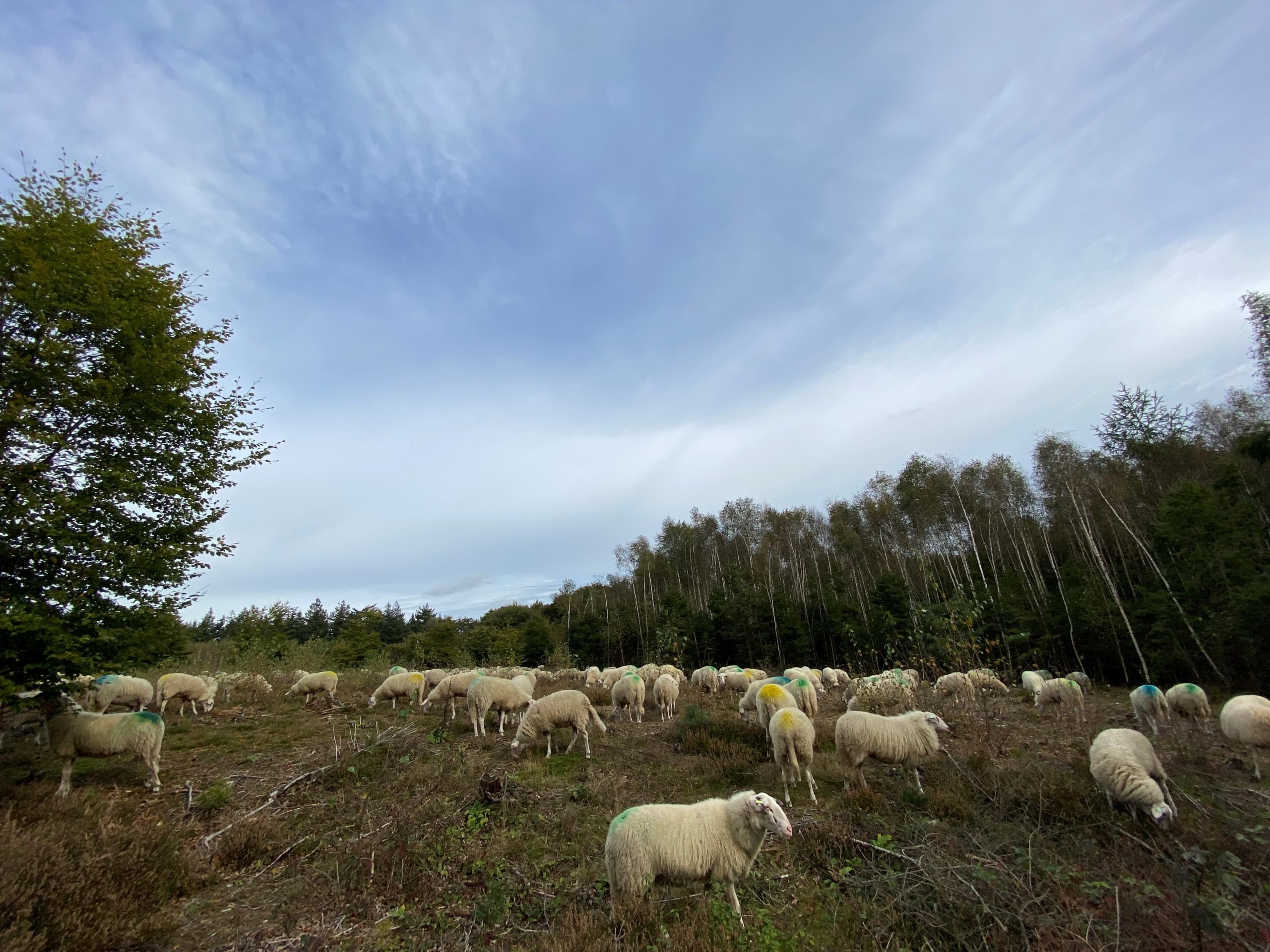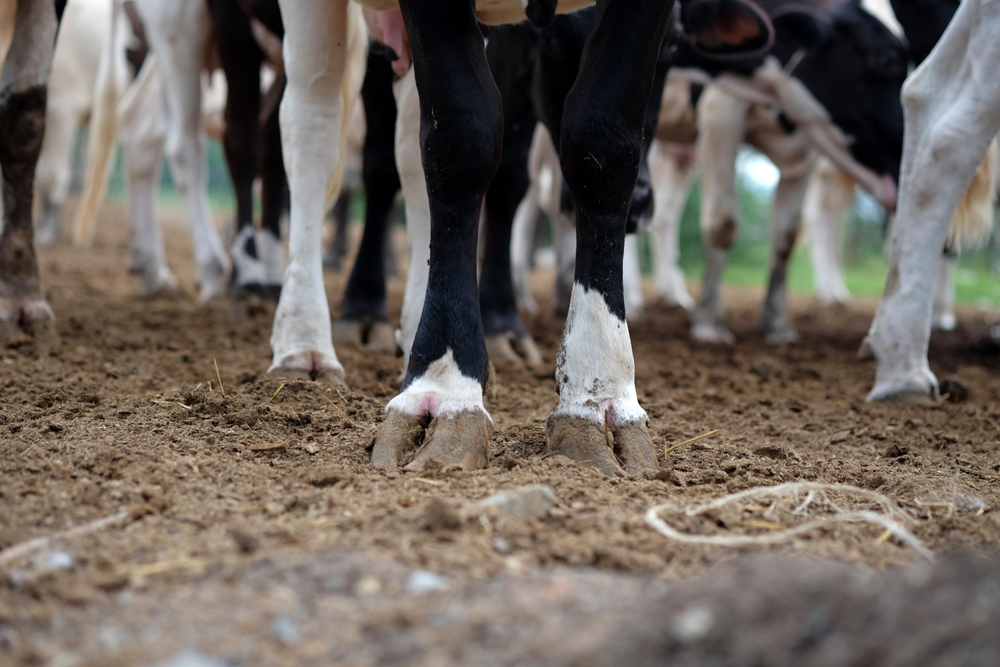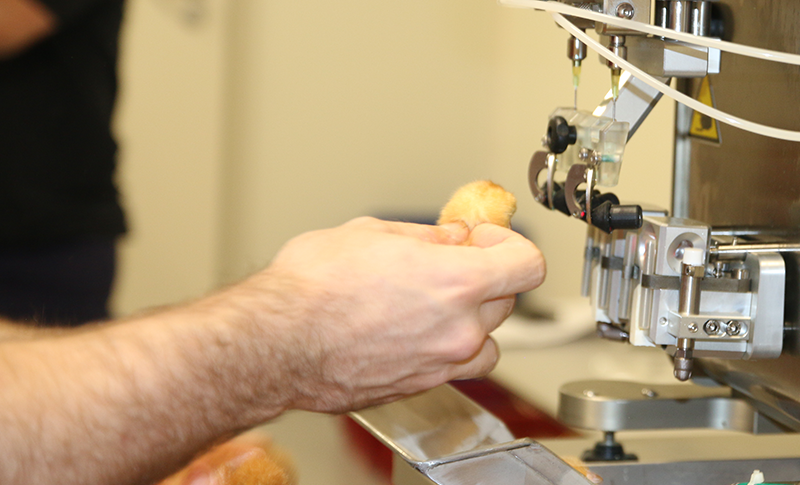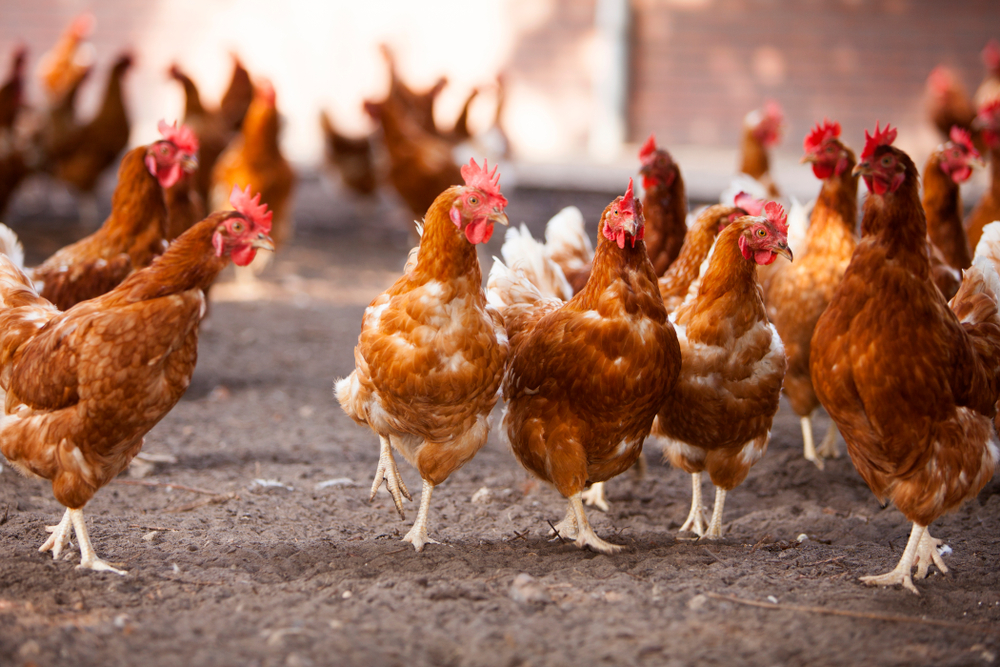The bluetongue virus is rampant in Dutch sheep and cattle farming. There is no medicine nor a vaccine. Why not, and how is WUR affected by bluetongue?
The animal disease bluetongue has returned after a period of absence, and infections have been registered at almost 1,500 livestock businesses. A further 700 businesses report suspected infections based on symptoms seen in their livestock. The virus appears to be spreading faster than during the previous outbreak between 2006 and 2008. How does the virus spread, and why has no vaccine been developed?
What type of disease is bluetongue?
Bluetongue is a viral disease that affects ruminants such as sheep, bovines and goats. But also deer, camels and camelids such as llamas, giraffes and okapis. The disease can cause serious illness in sheep, in particular, who suffer from fever, lameness and ruptured mucous membranes. The tongue swells up and can turn blue.
Mortality among sheep is between twenty and fifty per cent. ‘Unfortunately, we lack precise data’, says Melle Holwerda, head of the National Reference Laboratory for Vector-Borne and Zoonotic Viral Animal Diseases, which is part of Wageningen Bioveterinary Research. ‘Which is not surprising as the animals that have not been tested before they perish are not included in the official numbers.’
Very little research has been done on the safety and efficacy of these vaccines, which is why we can’t use them
Melle Holwerda, head of the National Reference Laboratory for Vector-Borne and Zoonotic Viral Animal Diseases
A cure is not available yet. Veterinarians prescribe anti-inflammatory medicines and painkillers, which are generally not very effective. ‘The only thing livestock farmers can do is offer tender love and care’, says Melle Holwerda. ‘And euthanise to spare the animal further suffering when needed.’
How does the virus spread?
The bluetongue virus is transferred by midges, a small fly one to two millimetres in length. The creature is a well-known tormentor of campers in Scotland and Scandinavia. Holwerda stressed that the disease is not a zoonosis and can hence not be transferred from sheep to humans, not from midge to humans.
How is WUR impacted?
Menno van Maanen, operational manager of the Animal Sciences Group, says that no infections have been registered at WUR or the animals held at its external locations. But the epidemic has led to an increase in the number of analyses conducted by Wageningen Bioveterinary Research. ‘Each suspected case must be confirmed by our laboratory’, says Holwerda.
Why is there no vaccine?
The virus has over thirty known serotypes. The outbreak between 2006 and 2008 was of serotype 8. The outbreak was halted by a newly developed vaccine. ‘That vaccine offers no protection against serotype 3 due to the significant differences between the serotypes,’ Holwerda says. ‘Some African countries have vaccines, but my colleagues and I have doubts about their safety.’ These vaccines contain a deactivated live virus, which is thought to cause immunity if animals are injected with it. ‘Very little research has been done on the safety and efficacy of these vaccines, which is why we can’t use them. If they don’t work properly, they may even contribute to propagating the disease.’
According to Holwerda, it is time for the Dutch pharmaceutical industry to step up. ‘If they have candidate vaccines shelved, I would love to collaborate with them to test these vaccines. Should they prove effective, it is up to the government to allow a speedy approval process.’ Even so, that could take months or even years, he thinks.
What can livestock farmers do in the meantime?
With temperatures dropping, midges become less active. ‘Still, we have seen midges survive even harsh winters, for example, by seeking shelter in warm barns.’ That is where the farmers can act. ‘Ventilation is key. Midges dislike cold and wind, which literally blows them away’, Holwerda says. Still, livestock farmers will not be able to completely prevent infections. ‘This will not pass quickly.’
Text: Anne van Kessel

 ‘The only thing livestock farmers can do is offer tender love and care’, says Melle Holwerda of WBVR. Photo: Resource.
‘The only thing livestock farmers can do is offer tender love and care’, says Melle Holwerda of WBVR. Photo: Resource. 

